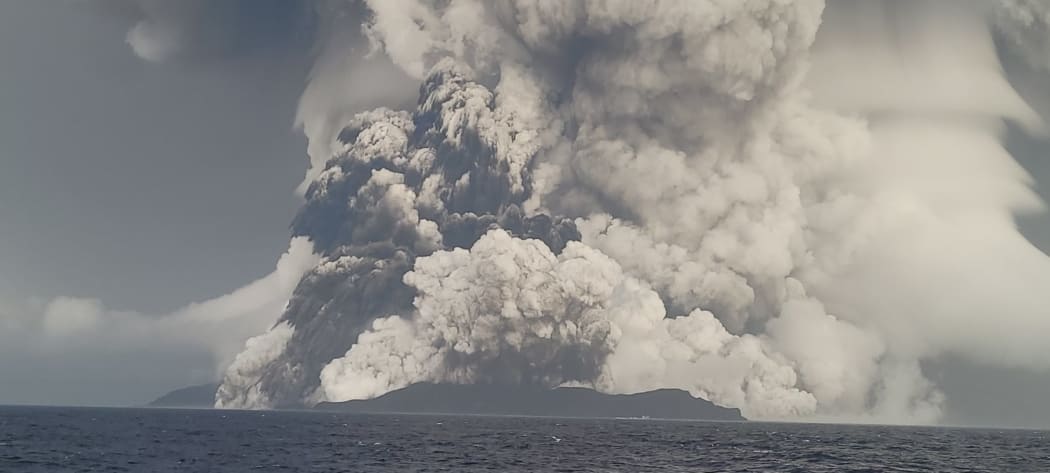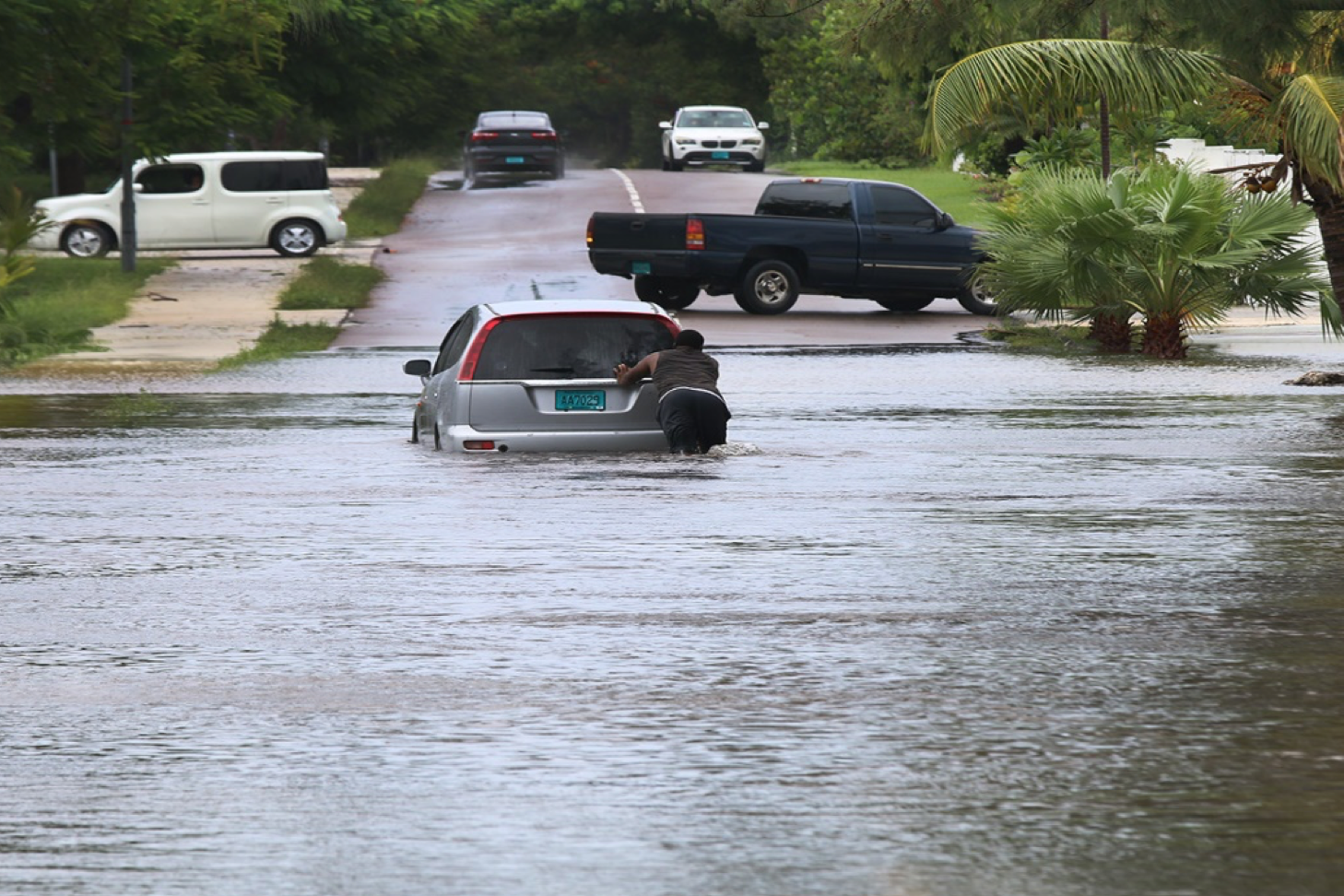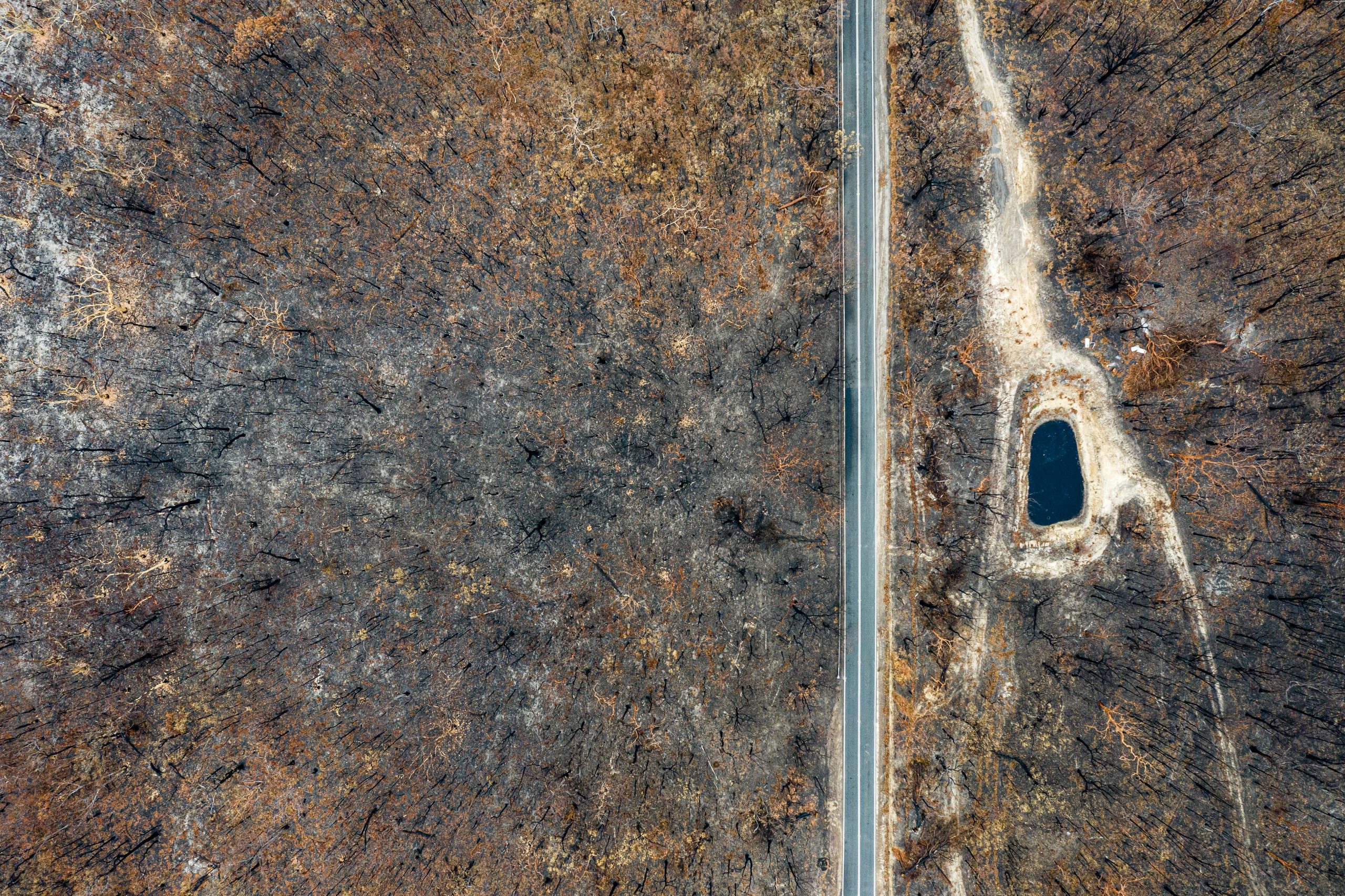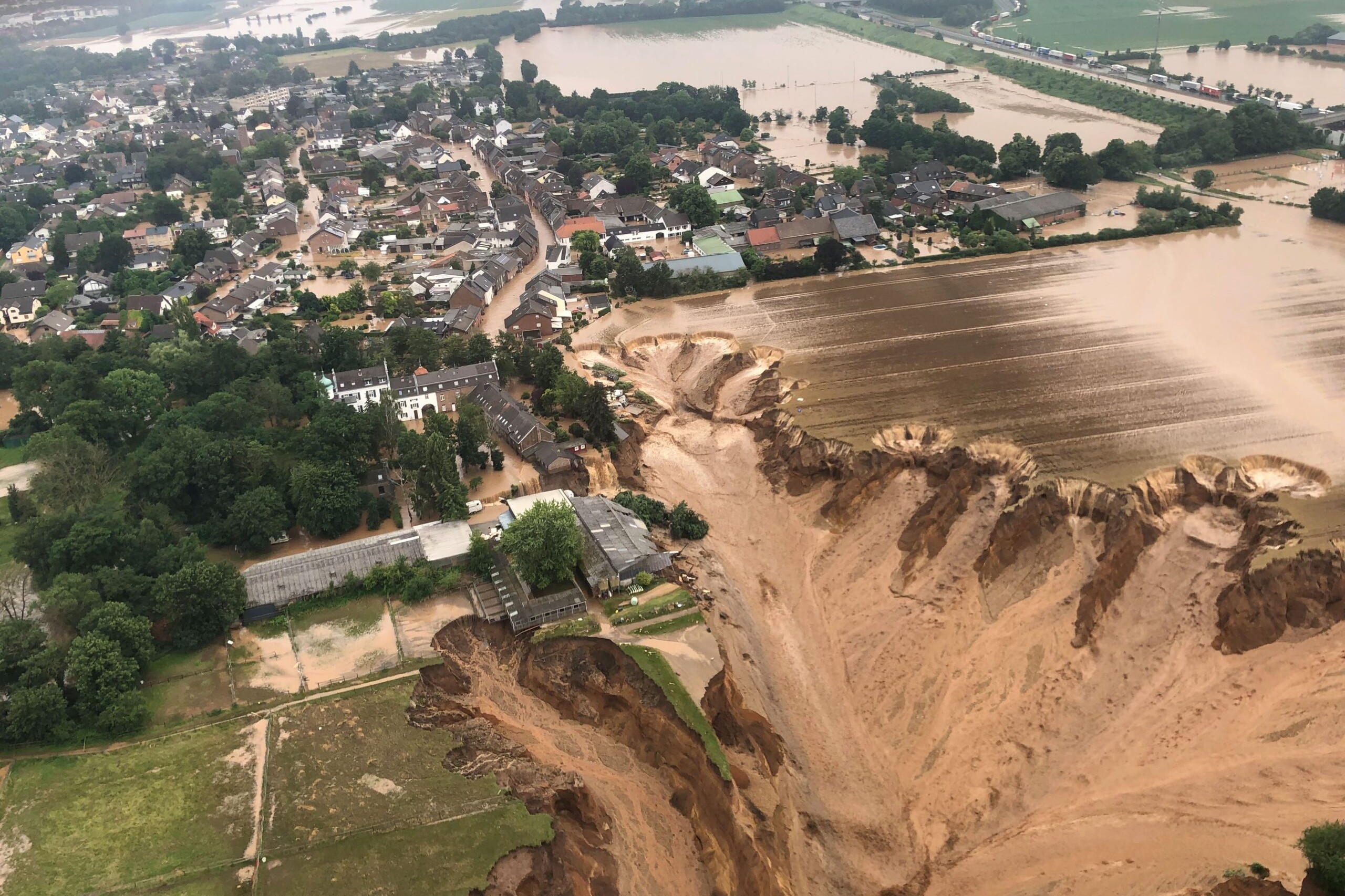WORLD RADIO DAY 2025
Radio: A century old, and still proving essential
13th February 2025
On World Radio Day, two century-old public broadcasters are still proving that radio still has a vital role in emergency situations.

100 years ago, at opposite ends of the world, the first transmissions of public radio were switched on in both Sweden and New Zealand. Crackly broadcasts on weak frequencies started beaming into homes across the sparsely populated countries, with their high mountains and deep seas.
More than a century on, despite the dizzying pace of new technologies, radio continues to hold strong, remaining one of the world’s most dependable and widely utilised forms of media.
Read more: Emergency Broadcasting | PSM Unpacked (Resource)
This year, World Radio Day celebrates the many opportunities that radio broadcasting brings for giving prominence to climate change issues.
And that’s been seen clearly at both Swedish Radio and Radio New Zealand (RNZ), who not only give due prominence to climate change as an issue, but also perform a vital role in society in emergencies.
In 2023, when Cyclone Gabrielle struck New Zealand, radio transmission proved vital in a vast region that was cut off from internet and electricity. Much of the east of the North Island was isolated by flooding and landslides, and it took days for power to be restored. During that time, locals turned to AM radio.
“It is, you know, an irony that in a week when New Zealand got probably one of its biggest ever lessons about the importance of AM that we have this challenge around its viability,” RNZ chief executive Paul Thompson said at the time.
In 2023, the government paid for RNZ’s AM infrastructure to be upgraded because some areas “rely on radio as our number one emergency info channel”.
That necessity is seen further afield too, with RNZ Pacific’s shortwave relays relied upon across the Pacific in times of disaster. During the devastating 2022 Hunga Tonga-Hunga Haʻapai eruption, it was the only news service that could be heard in the kingdom.
More recently, it supported Vanuatu’s public broadcaster during the 17 December earthquake by providing extra bulletin updates for listeners when VBTC services were temporarily out of action.

In Sweden, the importance of radio shows no sign of diminishing, with the Swedish government deciding not to phase out FM radio because of its importance in emergencies.
Swedish Radio (SR) has a specific ‘emergency mission’ as part of its public service mandate, which ensures that it conveys important information to the public ‘during societal disturbances and crises’ and advises them on how they can protect themselves, obligations which have been mandated for nearly as long as Swedish Radio has existed.
During unprecedented forest fires in 2018, Swedish Radio sent out 21 emergency warnings. They were also utilised during a big forest fire in 2014.
In a speech to mark the broadcaster’s centenary this year, chief executive Cilla Benkö said that critical emergency mission is here to stay.
“Our mission is the same today as it was then – to portray and review your and all Swedes’ everyday life and reality,” she said. “We are there for you out in the world, but also locally close to you in your neighbourhood.” Swedish Radio’s emphasis on being local and physically present in communities (they have staff in 50 locations around Sweden, and broadcast from each of Sweden’s 290 municipalities every fourth months) ensures they remain a central and trusted member of Swedish life – essential when conveying lifesaving information during a crisis.
Both broadcasters also espouse the necessity of multi-platform public service broadcasting. New technologies have provided new ways of engaging and informing audiences, and both RNZ and SR have innovated to remain relevant and accessible to their publics. Yet their commitment to the tried and tested methods of communication remains steadfast, often at a great expense, because the cost of not keeping AM or FM alive, far exceeds it.
These are just two examples of public broadcasters providing vital lifesaving information in emergencies where, with the increasing occurrence of climate-related disasters and an increasingly volatile world, they may be relied upon for years to come yet.
Related Posts
20th September 2021
ABC adds to Emergency Broadcasting in readiness for 2021/2022 season
Press Release: ABC has expanded its…



